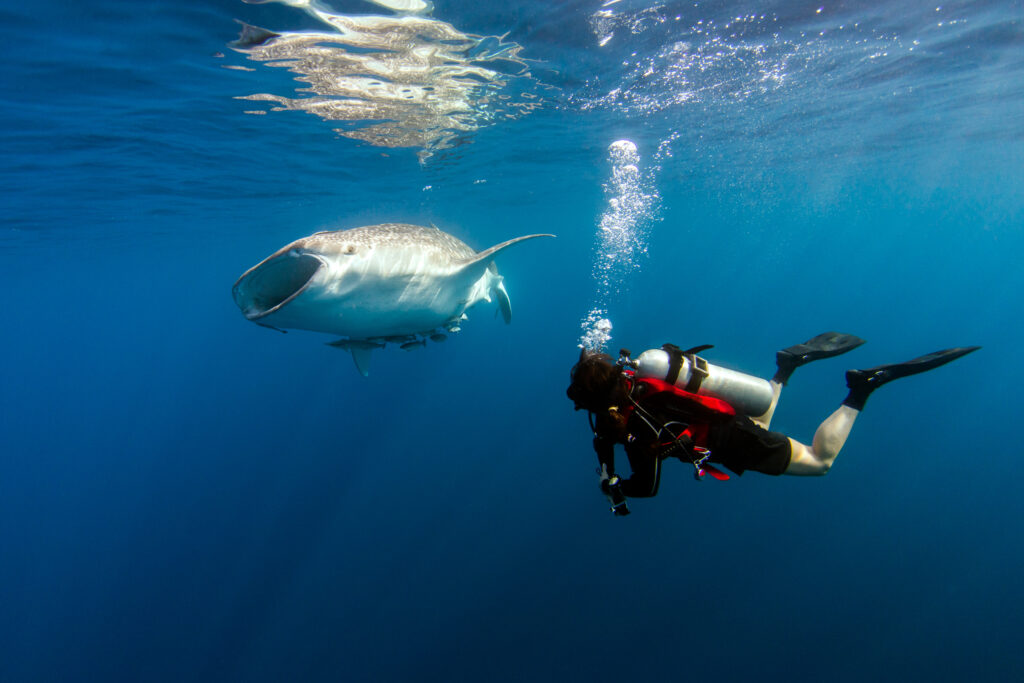What is Saturation?

Saturation, in the context of scuba diving, refers to the state where body tissues have absorbed the maximum amount of inert gas they can hold at a given pressure. This concept is crucial for divers, especially those engaging in deep or prolonged dives. Understanding saturation helps divers manage their exposure to high-pressure environments and ensures they follow appropriate decompression protocols to avoid decompression sickness (DCS). This article delves into the basic principles of saturation, the specifics of saturation diving, its physiological implications, decompression strategies, technological aspects, and safety protocols.
What is SNUBA Diving?

Snuba diving is a unique and innovative underwater activity that blends elements of snorkeling and traditional scuba diving. Unlike traditional scuba diving, where divers carry their air supply on their backs, Snuba divers are connected to an air supply that floats on the surface through a long hose. This setup allows divers to experience the underwater world with greater ease and less equipment. Snuba diving is an accessible introduction to underwater exploration for those who may find the equipment and training requirements of scuba diving daunting. It offers a way to experience the ocean’s depths without the need for extensive training or heavy gear.
What is a Dry Snorkel?

A dry snorkel is a specialized piece of snorkeling equipment designed to keep the snorkeler’s airway dry by preventing water from entering the tube. Unlike traditional snorkels, which can allow water to enter when submerged or faced with waves, dry snorkels feature a unique valve mechanism at the top. This mechanism seals off the snorkel tube when submerged, ensuring that the user can breathe comfortably and without interruption once back at the surface. The advent of the dry snorkel has significantly improved the snorkeling experience, offering greater comfort and safety, particularly for beginners and those snorkeling in rougher waters.
What is Surface Consumption Rate?

The Surface Consumption Rate (SCR) is a critical concept in scuba diving that quantifies a diver’s gas usage under standardized surface conditions. This value is measured in units such as pounds per square inch (psi), bars, or cubic feet per minute (CFM). SCR is an essential metric for calculating a diver’s air consumption at different depths and plays a significant role in dive planning. Having an accurate understanding of one’s SCR is key for determining the duration of a dive, ensuring a safe and well-managed air supply throughout the dive.
What is a No Decompression Dive?

A no decompression dive is a type of underwater diving where the diver can ascend directly to the surface without needing to perform decompression stops. This concept is fundamental to recreational diving, ensuring that divers can enjoy underwater exploration while minimizing the risks associated with decompression sickness. Decompression sickness, often referred to as “the bends,” occurs when dissolved gases, primarily nitrogen, come out of solution in the blood and tissues, forming bubbles as pressure decreases during ascent. By adhering to no decompression limits (NDL), divers avoid the critical levels of gas absorption that necessitate staged ascents, making their underwater adventures safer and more manageable.
What is Free Flow?

Scuba diving is an immersive underwater experience that offers divers a glimpse into the unique marine environment. To safely navigate these depths, divers rely on specialized equipment, with one of the most critical components being the demand regulator. This device controls the flow of air from the tank to the diver, ensuring they receive air at the appropriate pressure. However, like any mechanical equipment, the regulator can malfunction, and one specific issue is known as “free flow.” This malfunction can result in continuous air flow from the regulator, regardless of the diver’s input, potentially depleting the air supply quickly and leading to serious safety concerns.
What is a Unbalanced Regulator?

The unbalanced regulator, a once dominant piece of scuba diving equipment, is a technology rooted in the sport’s history. This device, which regulates the high-pressure air from the scuba tank to a breathable pressure for the diver, is distinguished by its susceptibility to changes in tank pressure. Though largely phased out in favor of balanced regulators, the unbalanced regulator remains a key reference point in understanding the evolution of diving equipment and safety.
What is Kayak Diving?

Kayak diving is a unique and adventurous form of recreational scuba diving that combines the sports of kayaking and scuba diving. In kayak diving, divers use specially designed kayaks to access dive sites that are too far from shore for convenient shore diving. This method of diving allows divers to explore remote and often less-visited underwater environments, providing them with a more exclusive and immersive experience. Kayak diving is an excellent way for scuba divers to improve their navigational skills, build upper body strength, and experience the thrill of exploring new dive sites.
What is a Long Hose used for in Scuba Diving?

The long hose is an essential piece of equipment for cave and technical divers, designed to improve air sharing capabilities and maneuverability in confined spaces. Ranging from 5 ft (1.5 m) to 7 ft (2.1 m) in length, these interstage hoses connect the first and second stages of a scuba regulator, allowing for increased flexibility and safety during challenging dives. This entry will discuss the history, purpose, and proper usage of long hoses, as well as their advantages and potential disadvantages.
What is it to Thumb the Dive?

What is it to Thumb the Dive? “Thumb the Dive” is a scuba diving term that signifies the need to terminate a dive at a point or time other than the initially planned turning point. Divers may use this signal in a variety of situations, most commonly when a diver encounters unexpected or dangerous circumstances […]
